Kids in preschool and kindergarten love hands-on activities, which means this is the perfect age to introduce science experiments and the basics of the scientific method. This is a super fun water pH science experiment activity that shows kids how to use litmus test strips and how different types of water can have varying water pH. I used this activity to introduce kids to the pH scale and how to conduct a science experiment.
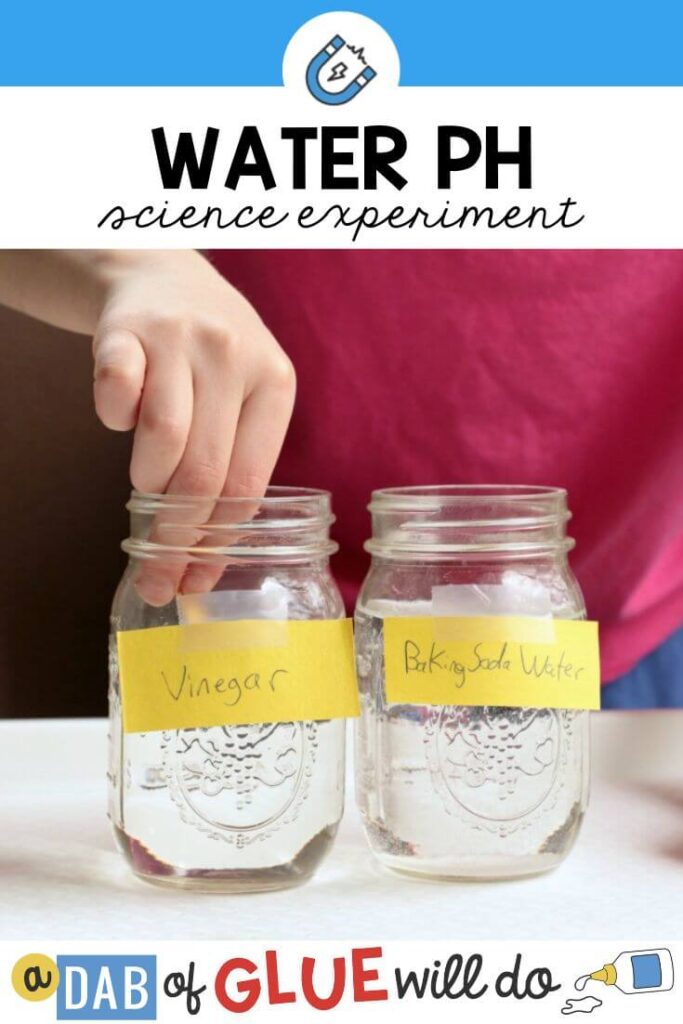
Getting the Water pH Science Experiment Ready:
The set-up for this experiment is simple, which is one reason why it’s perfect for the younger age group. Here’s what you need:
- Litmus pH test strips
- Several jars
- Filtered water
- Tap water
- Pond or outdoor water (optional)
- Vinegar
- Salt
- Baking soda
Doing the Water pH Science Experiment
After filling each jar with a different type of water, we taped labels to each jar.
I asked the kids to predict whether they thought each water would be acidic or basic.
We tested the baking soda and vinegar waters first, to act as our controls for the most base and most acidic liquids. The kids then tested the other types of water one at a time.
While the papers were drying, we talked about the pH scale and what the different colors on the test strips meant. We talked about why water that was too acidic or too basic might cause problems in the body and be harmful to drink.
When the papers were dry, the kids lined up the liquids in order from most acidic to most basic.
We were surprised to see that even though the baking soda water was a dark green and almost turned blue, that the pond water was almost equally basic. Compared with the pond water, the filtered, drinkable water was almost acidic.
The Science Behind Water pH
The pH scale is a measurement of how acidic or alkaline a substance is. pH 7 is neutral, and will appear yellow on a litmus test strip. Anything orange to red is acidic, while green to purple is basic. Our results found that the water we tested was slightly more alkaline on the pH scale, with a rating of about 8. Our vinegar came in as a pH of 3, the saltwater was just about 7, and our pond water and baking soda water both had a pH of 8. Use this lesson to talk to kids about the pH scale, how to measure the pH of a liquid, and why pH is an important part of water filtration.
More Science Activities and Ideas
Walking Water Science for Kids
Want science planned for you ALL YEAR LONG?!
Do you want science planned for the ENTIRE CALENDAR YEAR!? This Endless Science Mega Bundle will save you so much time and keep your students engaged and excited about learning. This amazing resource contains 53 science topics including life science, physical science, earth science, and animal studies.

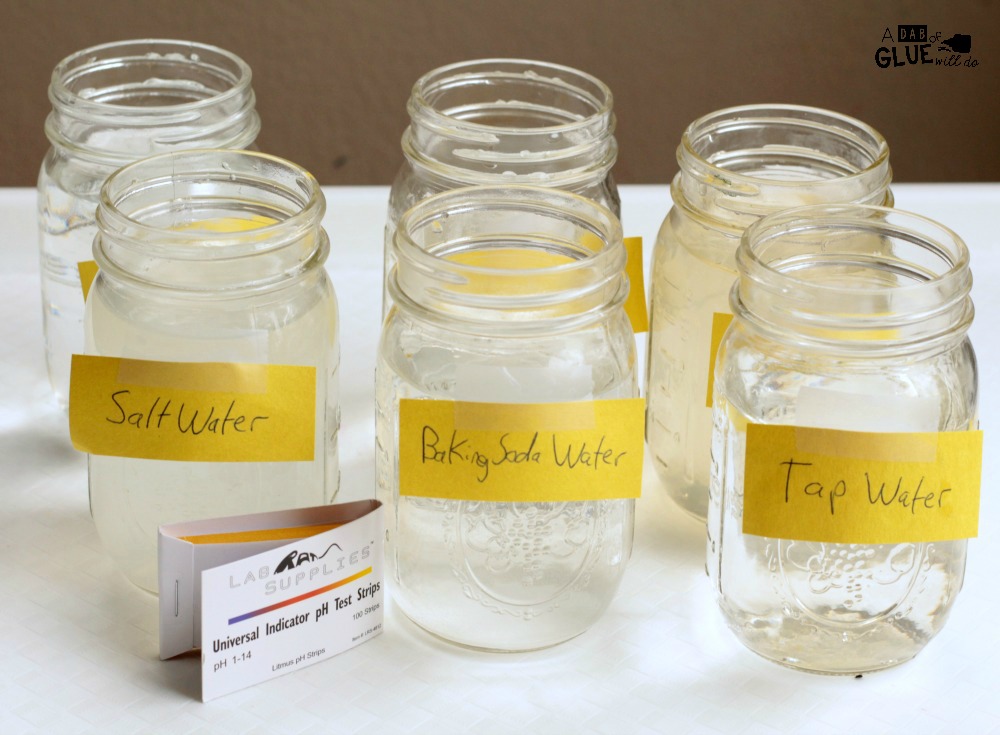
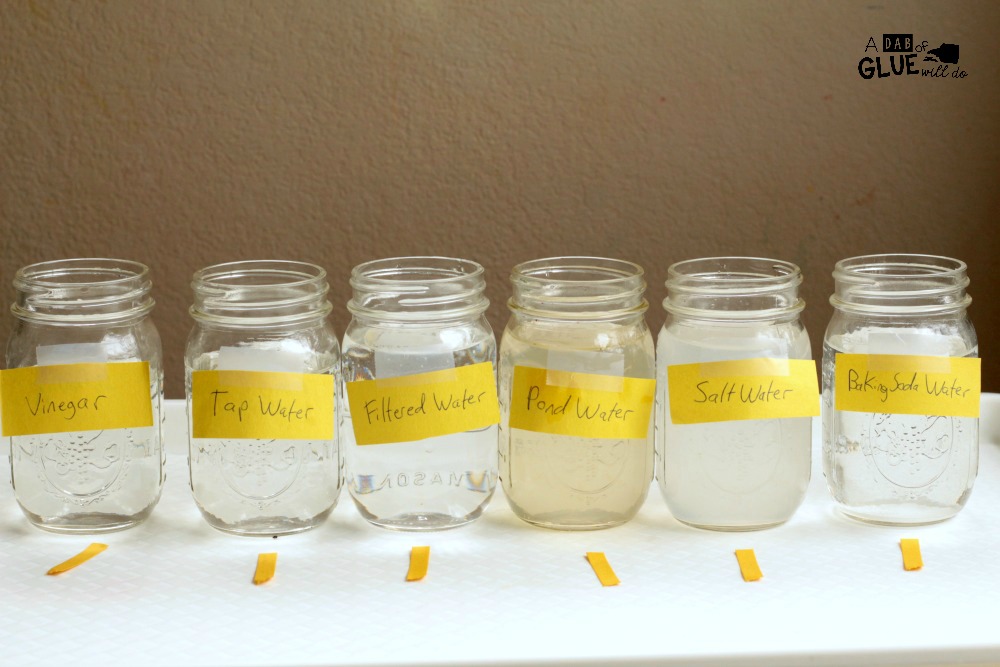
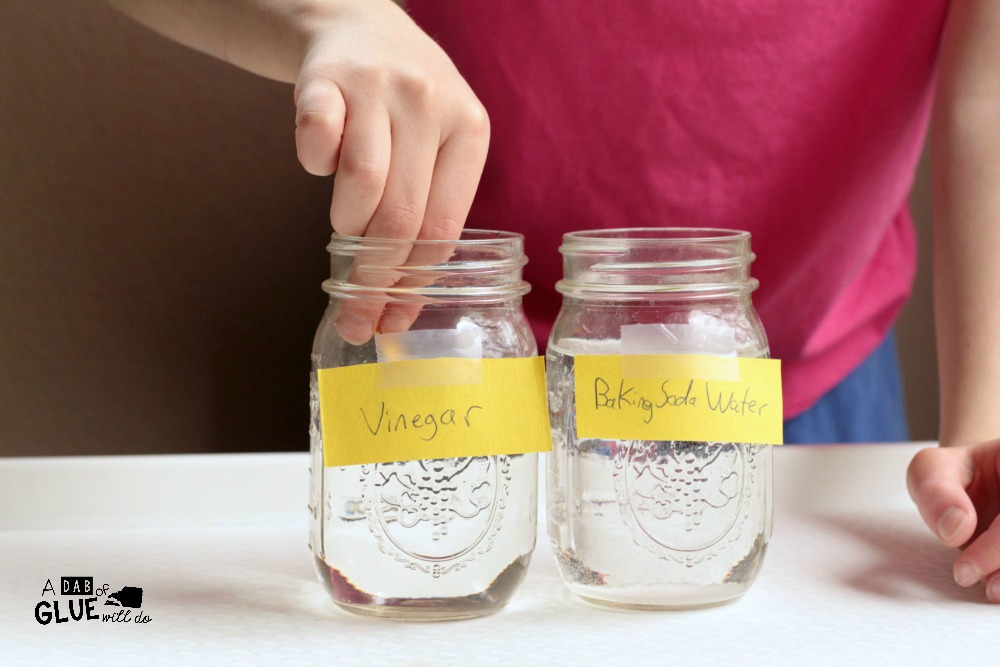
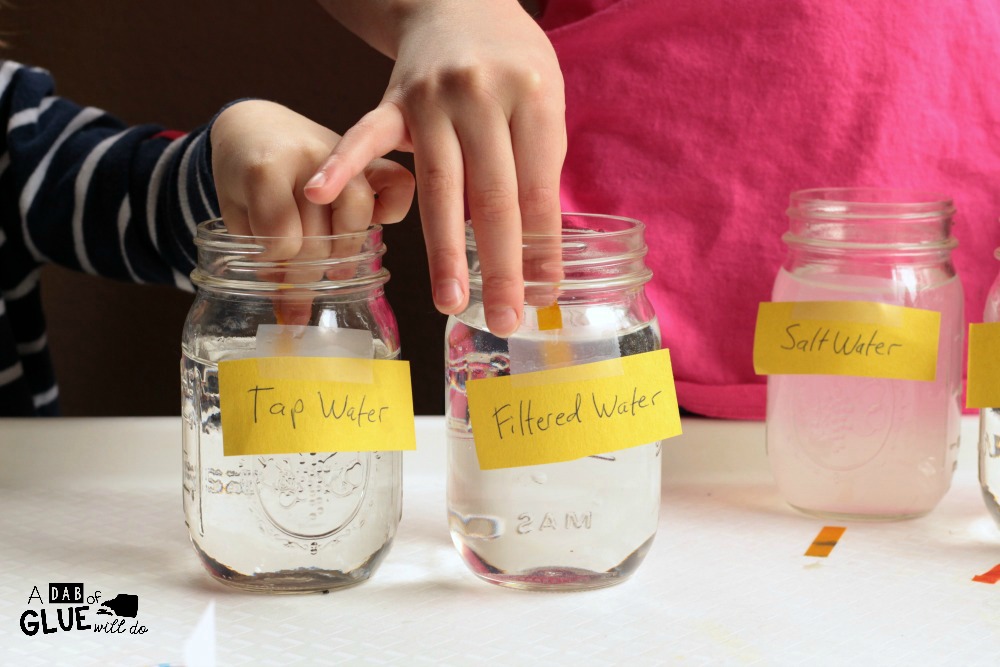
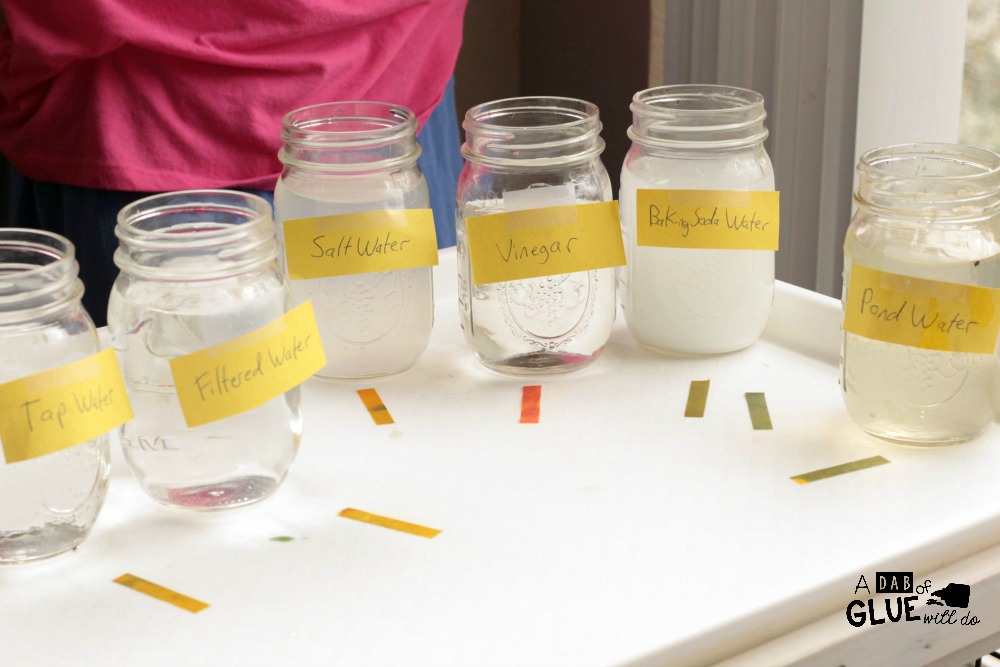
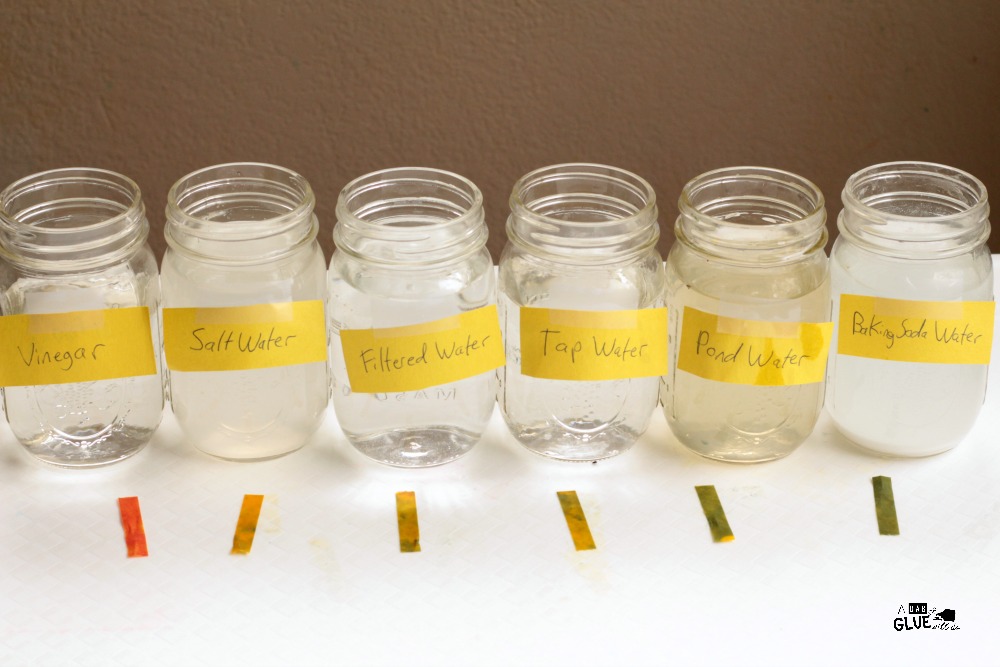
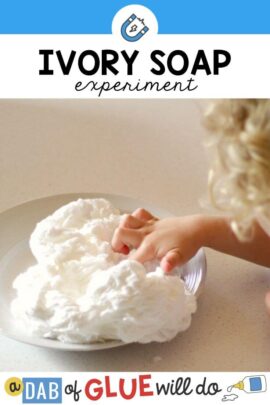
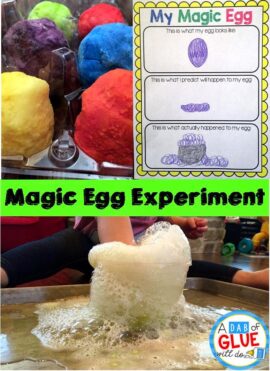
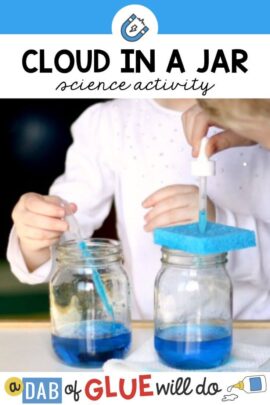
Regards for helping out, great information. “You must do the things you think you cannot do.” by Eleanor Roosevelt.
I truly value your work, Great post.
I like this weblog very much so much superb info .
Very good written information. It will be helpful to anyone who employess it, including myself. Keep up the good work – can’r wait to read more posts.
I’d need to check with you here. Which is not something I usually do! I take pleasure in reading a publish that will make individuals think. Also, thanks for permitting me to remark!